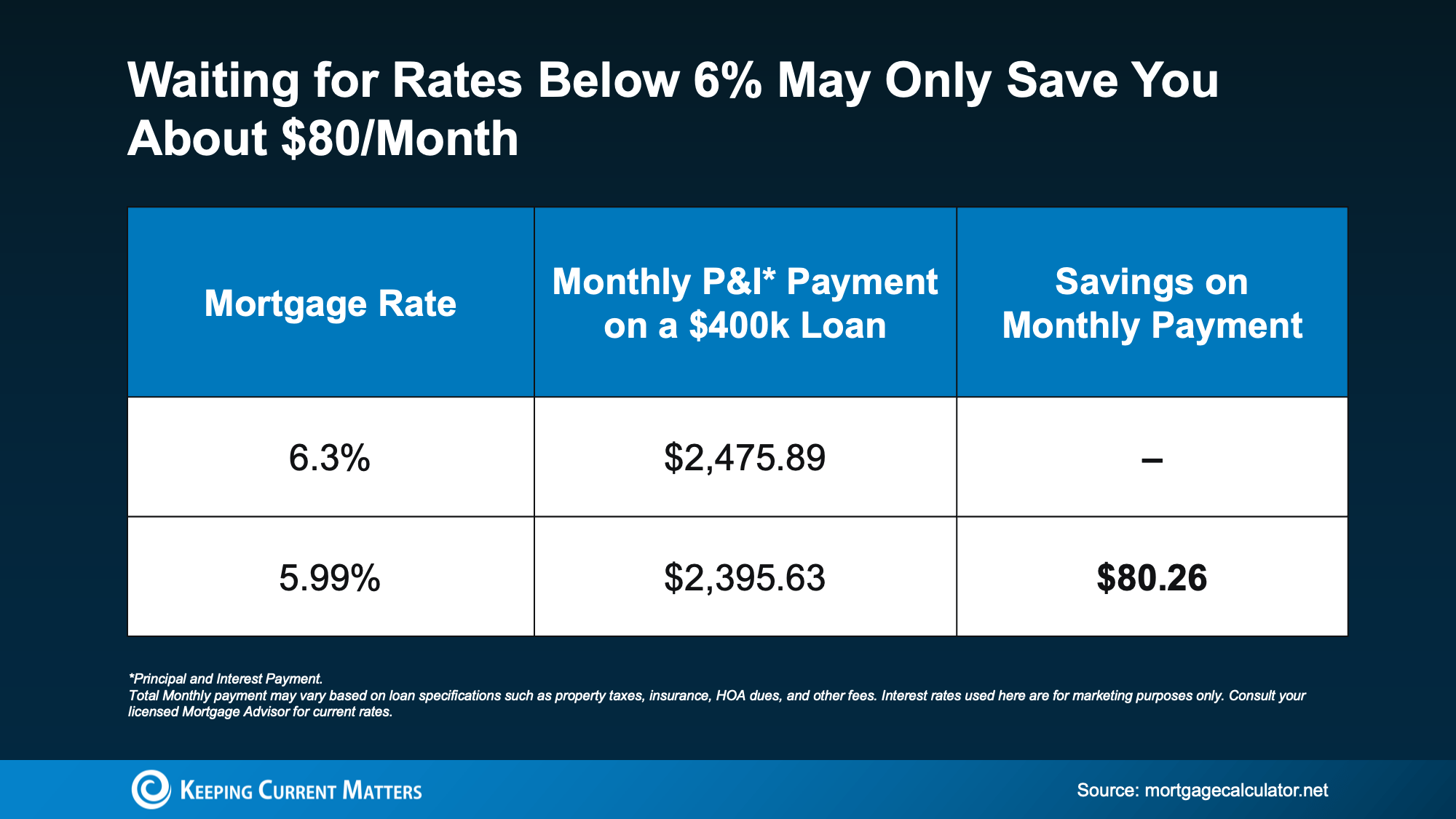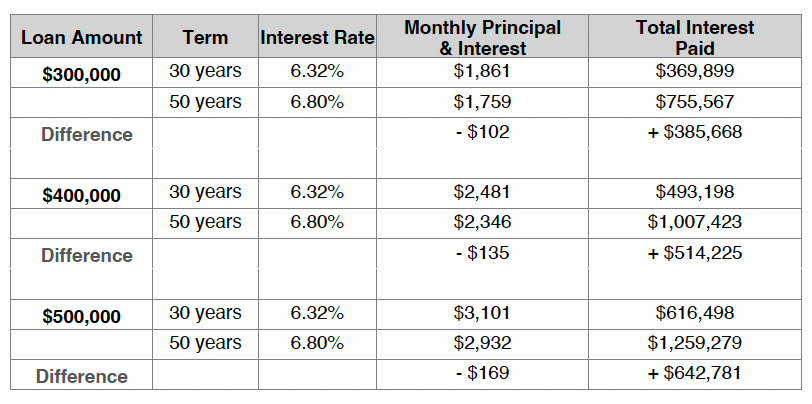Managing neighborly disputes can get tricky. Fences, weeds, and even trees that straddle two properties can cause tension and disputes. When a tree falls from your neighbor’s lawn into yours, things could go from cordial to confrontational very quickly.
Rather than pointing fingers, there are some practical ways to navigate the most immediate questions: who is liable for damages, and who is responsible for clean up? The answers depend on how the tree fell, what kind of damage it caused, and what your and your neighbor’s insurance policies cover. Here's what you need to know.
First, Determine What Made the Tree Fall
Determining the cause of a fallen tree could be the most important part of deciding liability. Pete Piotrowski, chief claims officer for Hippo home insurance, explains that if a tree drops because of natural or climactic events beyond anyone’s control, your neighbor may not be at fault even if the tree was on their property.
“If a tree in your neighbor’s yard falls down and damages your home as a result of a covered peril—such as heavy winds, a hurricane, lightning, a fire, vandalism, or hail—then the owner of the tree would generally not be liable for the damages,” Piotrowski says. In that case, your homeowner’s insurance is likely to help cover repairs and clean up—after your deductible has been met.
However, neglect can shift responsibility. “If a tree in your neighbor’s yard that was visibly damaged or decaying falls on your home, they may be responsible for the damages,” Piotrowski notes. The same rule applies in reverse: if your tree is rotting and collapses onto their property, you could be held accountable. Insurance companies will usually send inspectors out to take photos of the damage and the tree itself, and determine if root damage, under-pruning, or tree disease is detectable. If the tree has been decaying over time and the neighbor hasn’t addressed upkeep, historical photos showing the tree’s deterioration could help build your case.
Who Determines Fault and Liability for Damages?
So long as both parties have insurance, it would be insurance companies that would take on the hard job of determining fault and liability. If the tree was healthy and the fall was caused by a storm, the damage is usually treated as an accident covered by the homeowner’s policy. “If you can declare negligence on the part of your neighbor and prove that the fallen tree was previously damaged or decayed and they didn’t address it, then your neighbor could be liable for the damage,” Piotrowski adds.
Insurers may send adjusters to evaluate the scene and decide whether the loss stems from a covered peril or simply neglect. Their findings determine whether a claim is paid out and by which policy. In worst-case scenarios—when insurance companies aren’t involved and damage costs are high—neighbors may choose to go to small claims court to determine fault and liability.
Who Is Responsible for Clean-Up?
Even when the damage is clear, figuring out who hauls away the tree can be its own challenge. “If the fallen tree lands in your yard but doesn’t cause any damage, you’ll likely need to pay for the tree removal out of pocket," Piotrowski explains. You might be able to seek reimbursement from your or your neighbor’s insurance later, but the priority is removing the felled tree quickly to ensure that you keep rodents and hazards off your property.
Insurance policies sometimes help with removal, but not always. “If the tree falls due to a covered peril and hits a covered structure, then your policy would likely help cover removal up to a certain amount (generally between $500–$1,000),” Piotrowski says.
In rare cases, insurance or even Homeowners’ Associations might also step in if the tree affects gas or power lines, entrances for people with disabilities, manhole covers, water meters, and other critical infrastructure.
How to Start the Conversation with Your Neighbor
No one wants a strained relationship with the family next door, but dealing with fallen trees can lead to long-running disputes. Of course, if the fallen tree affects your ability to live safely in your home, it’s important to address those health and safety repairs first. Contact the neighbor in writing, if possible, to let them know about the tree and all the subsequent issues caused. They may not understand the full extent of the damage until you share photos.
Ask them to file a homeowner’s insurance claim on their own and request the name of their insurance company. Together, you could work amicably to get things resolved between your insurance companies.
Problems may arise if the neighbor doesn’t have insurance and would have to pay for damages out of their own pocket. In that case, you may be able to negotiate a payment plan for them to reimburse their share of the cost, deductibles, or insurance exclusions. If you can’t come to an agreement, you may have to go to small claims court.
An ounce of prevention, however, can go a long way. Piotrowski recommends keeping an eye out for visible red flags that might hint that the tree needs care. “Watch for trees with mushrooms or signs of disease and remove them. Cut back branches that hang over or come into contact with your roof and exterior walls. Pay attention to trees that are very close to your home,” he says. If you’re able to negotiate sharing the cost and burden of removing a diseased tree threatening your property, give it a try. Doing so could spare you the scare that comes with the tree toppling over.
Stay calm in discussions with your neighbor. Point out that you’re worried about safety. Rather than assigning blame, maintain a collaborative discussion. You might also share resources, like tree removal services or affordable repair contractors, to make action easier. Long after the tree is gone, you’ll still be neighbors, so try to maintain a positive relationship—no matter what.
Read more at Better Homes & Gardens
Related Links
How much would a 50-year mortgage cost homebuyers?
6 Ways to Make Your Bedroom Instantly Cozier for Cold Weather, According to Designers
Would You Let $80 a Month Hold You Back from Buying a Home?
If there is a home that you would like more information about, if you are considering selling a property, or if you have questions about the housing market in your neighborhood, please reach out. We’re here to help.









